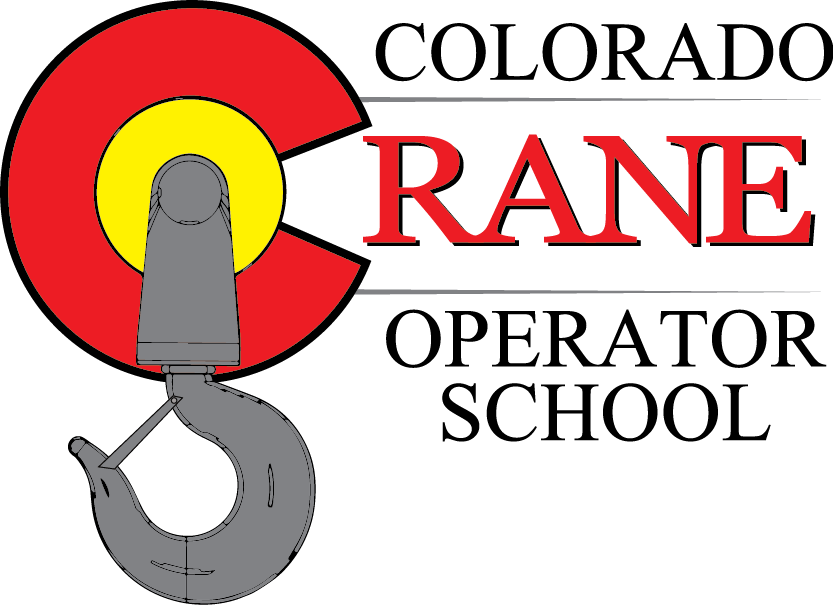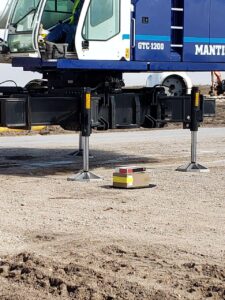Ground Conditions: What should you consider before your next crane set up.
There are a lot of factors when setting up your crane. You don’t just pull on-site and start setting up shop. Ground conditions play a vital role in the safety and operations of the crane and the people working around you!
Whether you are setting up a Truck Mount Crane, Rough Terrain Crane, or Crawler Crane, following these ten steps can make a big difference.
Here are a few mobile crane safety tips and topics for a successful crane set up:
In the U.S., OSHA states that cranes must be assembled on the ground that is firm, drained and graded sufficiently, in conjunction with supporting materials, such as blocking, cribbing, pads, mats, to provide adequate support and levelness. (OSHA 1926.1402)
ASME states that outrigger blocking or cribbing must have sufficient strength to prevent crushing, bending or shear failure. And it needs to be of such thickness, width, and length as to completely support the float, transmit the load to the supporting surface, and prevent shifting, toppling, or excessive settlement under the load. (ASME B30.5-2011)
Key ground conditions take-aways:
Identify any sub-surface hazards and avoid them if possible.
Evaluate and rework the ground include compaction, removing un-compacted surface layers, or bringing in rock or other dense inorganic material.
When using a mobile crane, be aware of the size of your crane pads. If a pad is too small, it could produce an unstable condition.
Never place blocking, cribbing, pads or mats under the outrigger beam.
Monitor every lift as changing loads and/or conditions. If the outrigger pad or crane mat is showing significant deflection or bending, stop the lift.
Trust your gut instinct if you feel that something isn’t right with the operation. Stop what you are doing and re-evaluate and ask questions. There is no place for egos on the job site.
Do you have questions about your job site safety, crane training or inspections? We’re here to help!





